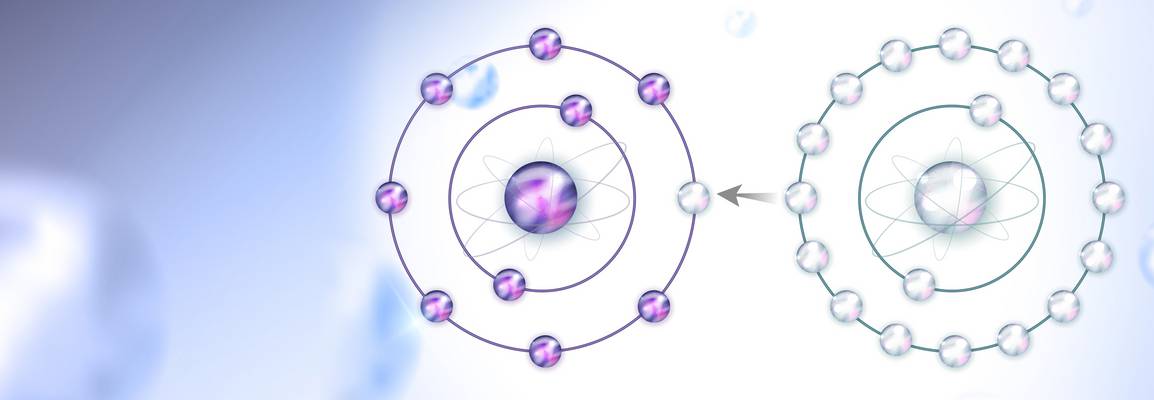

Capturing Free Radicals with Electron Paramagnetic Resonance (EPR) Spectroscopy
Electron Paramagnetic Resonance (EPR) spectroscopy is a magnetic resonance technique that can detect free radicals and transition metal ions.
It is a unique technique for shedding light on radical reactions and processes because of its ability to detect unambiguously paramagnetic species in a direct and non-intrusive manner. It is very versatile because it identifies, quantifies and characterizes paramagnetic species. EPR can be applied to samples in gaseous, liquid or sold states over a wide range of temperatures.
EPR spectroscopy is used to:
- Detect, identify, and quantify free radicals
- Study molecular structures, geometry, and dynamics
- Observe labeled species in situ in biological systems
- Understand redox processes, reaction kinetics, catalysis and more
This webinar introduces the technical and practical aspects, and capabilities of EPR spectroscopy to detect free radicals and transition metals in various types of samples and chemical processes. In addition, examples and tips on how to achieve successful experiment will be given with how-to’ videos:
- Following the kinetics of radical chemical reactions
- Identifying and quantifying radical intermediates
- Measuring metal complex
- Monitoring photo degradation
TUESDAY - June 4, 2019
What You Will Discover
What attendees will learn:
The potential of EPR in academic and industrial research will be highlighted along with:
- How to monitor radical reactions
- How to do quantitative EPR analysis using the SpinCount tool
- How to identify EPR-active species in multicomponent signals providing concentrations of individual components via the SpinFit tool
- A variety of examples from how to do sample preparation to data acquisition and analysis.
Who Should Attend
Academics who do chemical research or/and collaborate with companies to study chemical processes, and researchers in chemical industry.
Speakers
Dr. Kalina Ranguelova
Senior EPR Applications Scientist, Bruker BioSpin
Dr. Kalina Ranguelova has been an EPR Applications Scientist at Bruker BioSpin Corporation since 2011. She completed her Ph.D. at the Bulgarian Academy of Sciences, where her research focused on the structure of inorganic copper complexes using electron paramagnetic resonance (EPR) spectroscopy. After holding research positions at CUNY and the National Institute for Environmental Sciences, where she studied free radical biology and EPR spin trapping as a method for measuring reactive oxygen species (ROS), she joined Bruker. In her current role as an Applications Scientist, she focuses on developing new applications for EPR in various fields and providing customer support and training.
Dr. Ralph Weber
Senior EPR Applications Scientist, Bruker BioSpin
Dr. Ralph Weber started his scientific training at Brown University where he received a B.A in Chemistry and German Literature and Language. He continued his training at the University of Chicago, earning a Ph.D. in chemistry focusing on EPR and ENDOR studies of proteins and lanthanide complexes. Two postdoctoral positions followed. At Leiden University in the Netherlands he studied excited states of molecules using ODMR (Optically Detected Magnetic Resonance) and designed and constructed a high frequency pulse EPR spectrometer. At MIT he studied motional dynamics in lipids via solid state NMR and was one of the original project members to design and construct a DNP (Dynamic Nuclear Polarization) spectrometer incorporating a high power gyrotron. He joined Bruker 29 years ago in 1989. He is responsible for much of the documentation for EPR and also offers customer support for pulse, high frequency, and imaging applications. He is currently co-principal investigator on a five-year NIH grant to develop pre-clinical EPR imaging technology and to promote its use in the pharmaceutical industry.